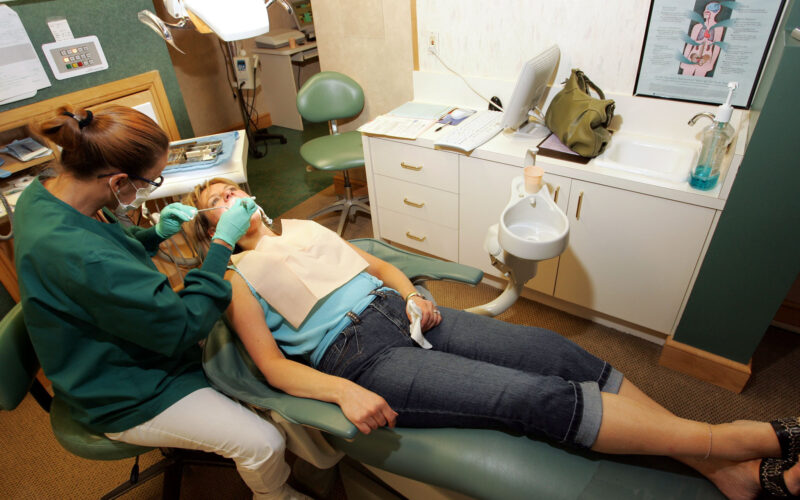In modern dentistry, accurate diagnostics form the foundation of effective treatment planning. Yet even with advanced imaging technology, certain pathologies can remain hidden from the human eye. Subtle lesions, microfractures, and early bone changes may escape detection, particularly in complex imaging like cone-beam computed tomography (CBCT) scans. Artificial intelligence is rapidly emerging as a solution to this challenge, providing dentists with a powerful tool to identify these elusive conditions and improve patient outcomes.
A patient presented with intermittent discomfort in the upper molar region but no clear visual indicators of decay or infection. Traditional intraoral radiographs showed no obvious abnormalities, and a preliminary manual review of a CBCT scan appeared normal. Despite the absence of clear findings, the patient’s symptoms persisted, prompting the dental team to consider an AI-assisted review of the imaging data.
How AI Revealed the Hidden Problem
The AI platform analyzed the CBCT scan within minutes, meticulously reviewing every slice and cross-section. The system identified a small but significant periapical radiolucency adjacent to the root apex of the upper first molar—something so subtle that it was easily overlooked in the initial manual assessment. The lesion was in its early stage, and without AI’s assistance, it might have progressed undetected until it caused more severe complications.
The AI-generated radiology report provided visual confirmation of the finding, complete with a highlighted region on the affected tooth and accompanying notes explaining the potential pathology. This allowed the dental team to validate the discovery and recommend a targeted treatment plan before the condition worsened.
Bridging the Gap Between Diagnosis and Patient Understanding
While the diagnostic breakthrough was critical, equally important was the way the information was presented to the patient. AI-generated reports convert complex radiographic data into easy-to-read, color-coded visuals, helping patients see and understand the problem for themselves. In this case, the report showed the precise location of the lesion and explained its potential risks, which increased the patient’s trust in the diagnosis and their willingness to proceed with treatment. Platforms leveraging artificial intelligence in dentistry excel at creating these clear, patient-friendly reports that enhance communication and treatment acceptance.
The Broader Implications for Dental Care
This case highlights more than just a single diagnostic success—it reflects a broader transformation in dentistry. AI does not replace the expertise of a dentist but augments it by acting as a consistent, unbiased second opinion. This is particularly valuable for subtle or hidden pathologies that can be easily missed during routine reviews. By ensuring that no detail goes unnoticed, AI empowers dentists to offer earlier, more precise interventions, ultimately improving patient care and preserving oral health.
The ability to detect hidden dental pathologies at their earliest stages is a game-changer for preventive dentistry. AI-driven diagnostics enhance accuracy, reduce the likelihood of missed findings, and improve patient understanding of their conditions. As adoption grows, cases like this will become increasingly common, marking a new era in which technology and clinical expertise work hand in hand to deliver the highest standard of dental care.
